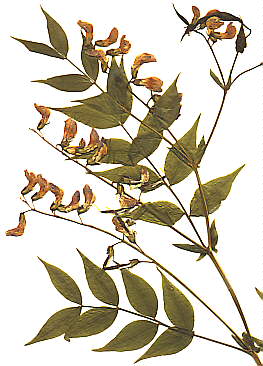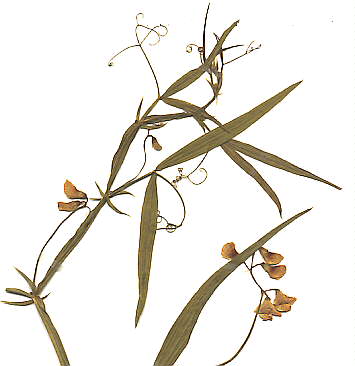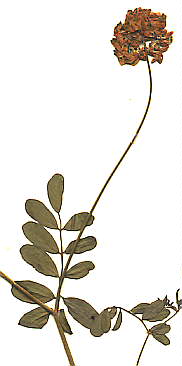
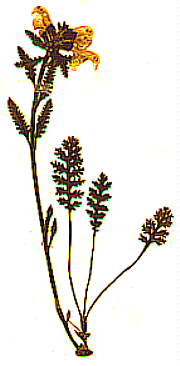
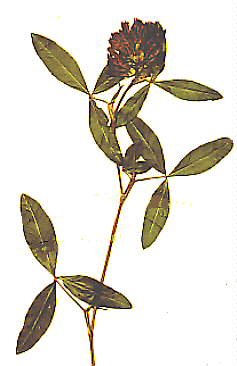
Botany online 1996-2004. No further update, only historical document of botanical science!
To the left: Coronilla coronata (Fabaceae). The leaves are imparipinnate, the single leaflets are obovate to broad elliptic. - To the left: Pedicularis verciculata (Lousewort): The lower leaves form a rosette and are pinnately divided up to the midrib. The leaf stalks are hairy towards the base, the single leaflet is pinnate again. - Picture below: Trifolium medium (Zigzag or Meadow Clower, Fabaceae): The leaves are clover-like and consist of three leaflets. The single leaflet is up to 5 cm long and 1 - 2 cm broad with a smooth or very lightly serrate margin. The leaf apex is rounded or pointed. Numerous flowers are combined in a spherical inflorescence, 2 - 3.5 cm in diameter. Usually only one inflorescence per peduncle exists.



Upper picture: Lathyrus vernus (Spring Vetchling, Spring Pea; Fabaceae): The shoot is upright and not branched with winged, opposite leaves. The leaflets are narrow and egg-shaped. The stipules have about half the length of the next leaflet. Three to seven flowers are arranged in racemes that spring from the axils of the upper leaves. The inflorescences are nearly as long or slightly shorter than the leaf of whose axil they spring. The flowers are pointing in all directions, have short pedicels and are nodding. - Lower picture: Lathyrus sylvestris (Everlasting Pea, Fabaceae): All leaves have one pair of leaflets, the third leaflet being changed into a branched tendril. The stem is clearly winged.
